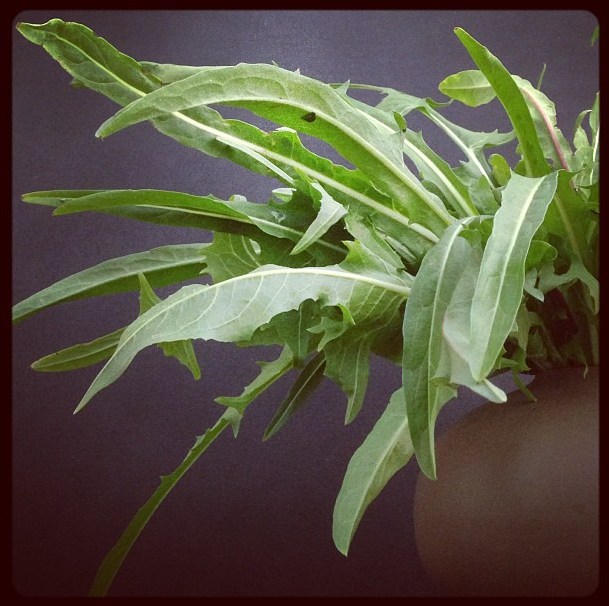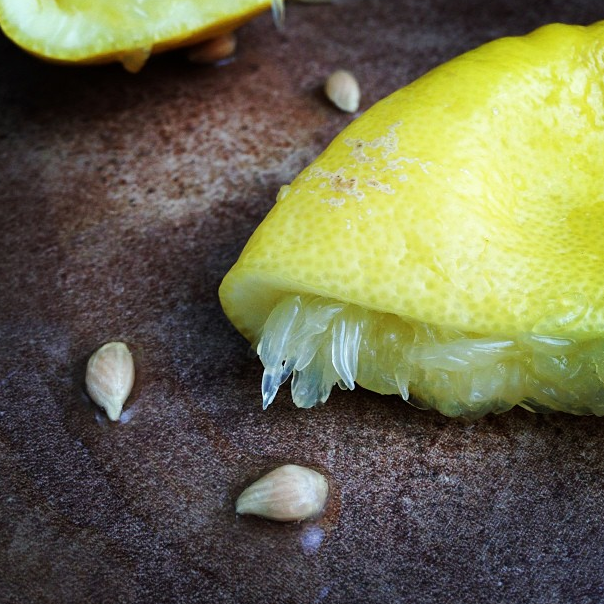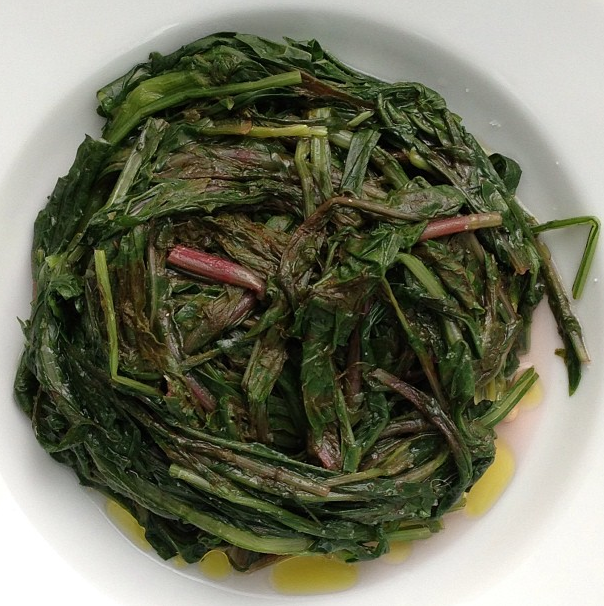 There’s an unassuming little dish we serve at our restaurant. It isn’t offered on our menu and yet everyone seems to know it’s there for them, should they need it.
There’s an unassuming little dish we serve at our restaurant. It isn’t offered on our menu and yet everyone seems to know it’s there for them, should they need it.
The Greeks ask for it by its name: horta. Non-Greeks ask for “a side of braised greens” because they either don’t know the proper term for it or do know but are afraid to sound out the first, faintly phlegmy syllable in public.
Calling horta “braised greens” is an act of descriptive kindness and far more appetizing than calling them what they essentially are, which is boiled weeds. At our place of business, however, the dish is made from ingredients which are anything but weeds: the chard and mustard greens we use are deliberately cultivated and harvested by organic farmers. More esoteric greens like lamb’s ear and amaranth are added when the season allows, but they are grown from seed and carefully nurtured. There is nothing remotely wild about our bowls of horta, but there are people who are clearly wild about them.
Horta fleshes out the plates of rib eye steak and Greek potatoes we serve; it pillows the heads of whole grilled fish; it nests under lamb shanks ordered by the orzo-averse. It is piled into bowls, hot and limp, with a bit of its cooking liquid and a little olive oil, then brought out to guests with half of a lemon tied up in cheese cloth and green ribbon like a church bonnet. It’s never the star of the meal, but it has a way of making its presence felt.
Non-Greeks often order it because it sounds like a healthy addition to their meal. Young and middle-aged Greeks might order it out of habit, because it’s more or less always been a part of their dinners or, in some cases as one friend confided, “because it reminds me of my parents, who always kept an empty bag in the trunk of the car in case they saw greens growing by the side of the road. They’d kick us kids out of the car and make us pick f***ing weeds until the bag was full because they could never pass up free food.” I’d always thought his remark some sort of loving, familial joke about perceived Greek cheapness, which it was, but it was also a sort of testament to Greek resourcefulness.

